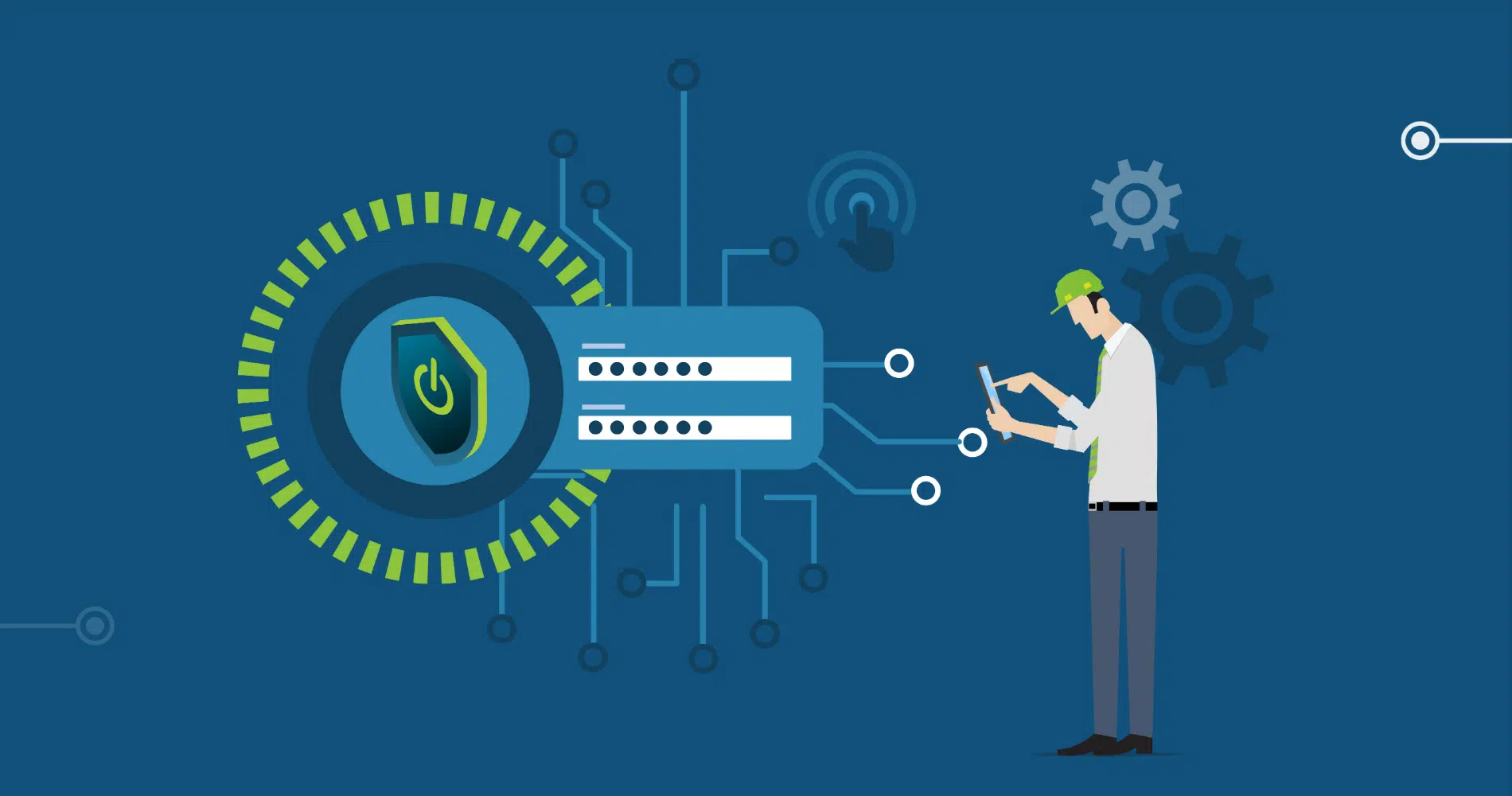
If you are a manufacturer looking to optimize production, adjust your business models, and increase cybersecurity, you are far from alone. The digital transformation of the manufacturing industry is well under way, and more and more companies are focusing on how to leverage the full scope of benefits in the new business landscape. One important step on the digitalization journey for manufacturers is being able to virtually monitor and access manufacturing assets using a remote access solution.
Once you have made the decision to move forward with remote access, the first thing to do is to install a buyer committee with people representing all parts of your value chain. This will expand your perspective and ensure a holistic view. From here on, you can move on to defining the outline of what a solution could look like for your company.
Build specifications from different angles
To make sure you set the right scene for your buying process, you should take the time to define the specifications for a solution that is right for your company. To avoid a long list of mindless features, build your specifications on specific use cases and focus on what you want to be able to do.
There are four main angles you should consider in this process:
1. The user angle. What are the actual ways that users will interface with the system, across automation engineers, maintenance, etc. ?
Examples of user specifications:
Enable remote work on equipment
We want our service technicians to be able to access, monitor, and diagnose our assets remotely.
Unify approach to different assets
We want to be able to have one system to access, monitor, and analyze our assets across sites and geographies.
Global overview, local control
We want to have an easily searchable global log of accesses and changes to equipment while being able to administer access rights locally.
2. The technical angle. What are the most important technical aspects of the system in relation to security, compliance, integrations, etc. ?
Examples of technical specifications:
Integrate with our SSO and AD
We want to be able to use our existing SSO and AD set-up to manage access to the equipment through existing user groups and MFA.
Central audit data gathering
We want to be able to pool the equipment and access data for analysis. The data needs to be available through APIs to other services.
Full flexibility in upgrade/patching
We want to be able to have flexibility in implementation of upgrades/patches so we can plan a time convenient to us.
3. The economic angle. What are the most important economic considerations in systems selection scalability, vendor coverage, etc.?
Examples of economic specifications:
Ensure a speedy time-to-value
We want to start realizing the benefits of the RAM system as fast as possible ensuring short payback time.
Enable scalability over time
We want to be able to scale our system over time and have an easy way to manage the cost of onboarding new sites, equipment, and people.
Use knowledge for optimization
We want to be able to use usage data to inform us of potential ways to optimize our cost structure.
4. Goals. Do the use cases lead to a place where you are able to realize your desired goals?
Examples of goals are reducing downtime, lowering maintenance costs, and reducing the risk of cyberattacks.
Make sure the use cases are relevant
An important exercise is to assess whether the combination of user, technical, and economic specifications are all relevant and will enable you to realize your goals.
If you are not able to draw a line between the specifications and how they will help you achieve your goals, you should revisit either your specifications or your goals.
Once you are comfortable you have an exhaustive list, you are ready to initiate the buying process for remote access.
Your next step will be to start engaging with vendors and assessing the fit. With so many vendors to choose from, it can be hard to know what to look for which is why it is so important to take the time to develop a list of your must-have capabilities beforehand. Once you have that list along with a clear understanding of how your specifications will help you achieve your goals you are well-equipped to start the process of engaging with vendors.
If you’d like to learn more about how a remote access solution can help optimize your operations, download Secomea’s Buyer’s Guide.
